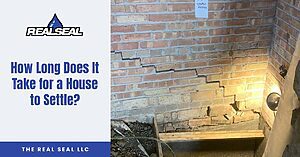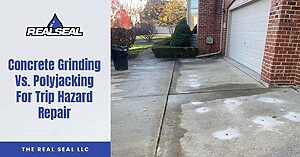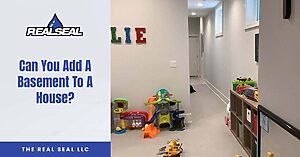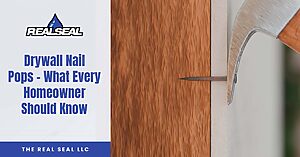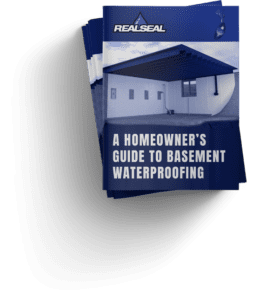When you move into a new home, you might notice some minor changes in the structure over time. This process, known as “settling,” is a natural occurrence as the house adjusts to its environment, the ground it’s built on, and the stresses from daily use. Understanding how long it takes for a house to settle is crucial for new homeowners, as it helps in distinguishing between normal settling and potential structural issues that may require attention.
Keep reading to learn more about the factors affecting a house’s settlement period and gain insights on what to expect and when to be concerned.
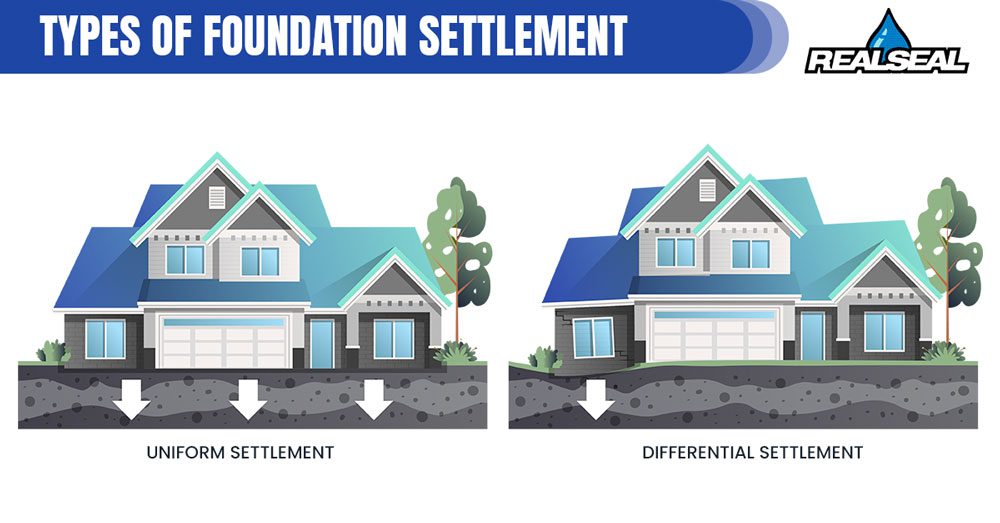
How Long Does It Take For Houses To Settle?
A house usually settles within a year or two, influenced by various factors with different timelines. Initial settling, caused by the drying of materials like wood and concrete, happens within a few months. This phase involves minor adjustments as the materials lose moisture and contract.
Full settling often occurs after the house goes through a complete seasonal weather cycle. Factors like soil type, climate, and construction quality play a significant role. For example, clay soils expand and contract with moisture, causing more movement, while sandy soils are more stable. Homes in areas with extreme seasonal changes may take longer to settle due to temperature and humidity shifts.
Long-term settlement can continue for several years, especially in regions with significant weather fluctuations or unstable soil. This phase is slower and less noticeable but crucial for a house’s structural adaptation. Initial settlement might be completed in a year or two, but long-term settlement can extend beyond that, influenced by environmental and material factors.
Why Do Houses Settle?
As you can see, understanding the reasons behind a house settling is often more complex than it appears. Various factors contribute to houses settling, but here are the primary reasons.
Soil And Ground Factors
- Soil Composition: The type of soil on which the house is built plays a significant role in its stability. Clay soils, for example, can expand and contract more than other types, leading to movement in the foundations.
- Ground Compression: The sheer weight of the house can cause the soil beneath it to shift or compress, especially if the soil is not adequately compacted before construction.
- Moisture Levels: Changes in moisture levels in the soil can cause it to shift. Excessive rain, droughts, or poor drainage systems can all affect the ground underneath the house, leading to settling.
- Moisture Fluctuations: Seasonal changes, particularly in moisture levels, can cause the soil to expand and contract, contributing to settling.
- Tree Roots: The roots of large trees near the home can grow and shift, exerting pressure on the foundation and contributing to settling.
Environmental And Natural Factors
- Temperature Variations: Temperature changes can also affect building materials, leading to expansion and contraction, which impacts settling.
- Natural Disasters: Events such as earthquakes, floods, or landslides can dramatically alter the ground under a house, causing it to settle more quickly or unevenly.
- Earthquakes: In regions prone to seismic activity, even minor earthquakes can cause the ground to shift, leading to uneven settling.
Construction And Material Factors
- Foundation Materials: The materials used in the foundation and their quality can impact settling. Inferior or improper materials can deteriorate over time or fail to provide adequate support.
- Material Shrinkage: Building materials like wood and concrete shrink as they dry out. This natural shrinkage can cause minor settling, usually within the first few months after construction.
- Construction Practices: The methods and practices used during construction can influence how well a house stands up over time. Poor construction techniques may leave the structure more susceptible to settling.
Age Factors
- Age of the House: Older houses are more likely to settle as materials degrade and the ground underneath continues to compact over time.
Understanding these factors can help in identifying and mitigating the risks associated with house settling, ensuring a stable and secure home.
What Kinds Of Settling Happen?
Understanding the types of settling can help you distinguish between normal wear and tear and potential structural issues. Some settling is normal as buildings adjust to their environment over time, but excessive or uneven settling can indicate serious structural problems that require attention.
Signs Of Normal Settling
Several signs of normal settling might seem concerning, but they usually don’t call for professional intervention.
Small hairline cracks in walls and ceilings are often the result of minor shifts in the foundation and are not indicative of serious structural issues. These occurrences are typically part of the natural settling process and can usually be addressed with simple repairs or adjustments, ensuring your home remains safe and stable.
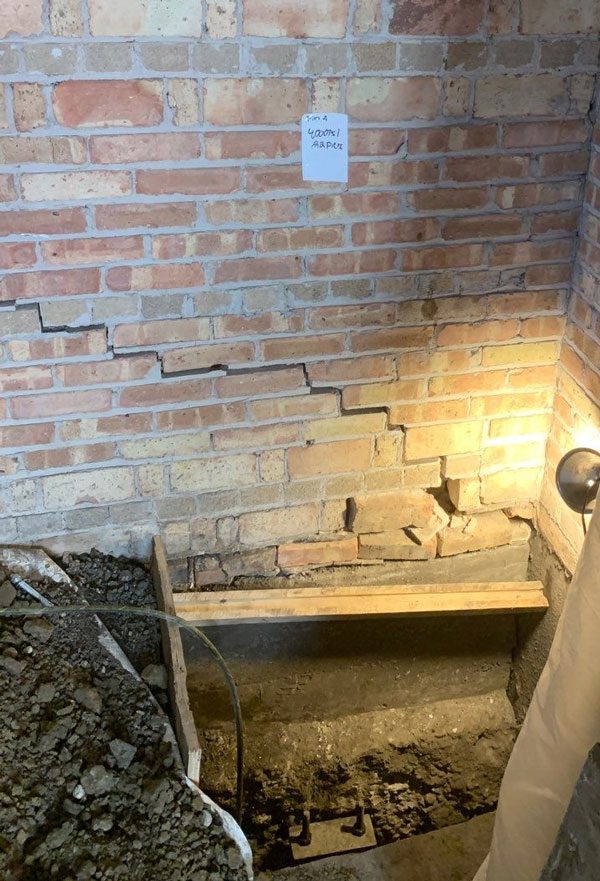
Signs Of Bad Settling
While some signs of settlement are normal and relatively harmless, many others suggest a more significant issue.
One of the first red flags is the appearance of large, jagged cracks in walls, ceilings, or foundations. These often indicate more than just surface-level problems and can suggest that the building is undergoing uneven settling. Doors and windows that become increasingly misaligned or difficult to operate can also be a sign of serious structural shifts. Sloping floors, which feel noticeably uneven when walked upon, are another warning sign that the foundation may be compromised. Additionally, any gaps between walls and ceilings or between walls and floors could point to significant settling problems that might require expert evaluation and repair.
Ignoring these warning signs can lead to more severe structural issues over time, potentially compromising your home’s safety and stability.
How To Stop A House from Settling
Preventing settling involves proactive measures and timely intervention.
Professional Inspection
- Initial Step: The first step to solving a settling issue is to get it checked by a professional. Even seemingly insignificant issues can become serious over time. A professional inspection will provide an accurate diagnosis of the problem and guide you on the best course of action.
- Assessment: A professional can determine whether the settling is normal or if it requires more extensive repairs. They will look for signs such as cracks in walls, uneven floors, and doors or windows that do not close properly. By assessing these symptoms, the expert can identify the root cause and suggest appropriate solutions.
Repairs For Normal Settling
For issues arising from normal settling, minor repairs such as filling cracks and adjusting fixtures often suffice. Foundation repair specialists can typically address these concerns quickly and cost-effectively, especially when caught early. Additionally, having professionals handle these small repairs ensures the work is handled the right way. Regular inspections and maintenance of your home can help identify and resolve these problems before they escalate.
Solutions For Serious Settling
The usual repair solution for serious settling is underpinning. This process strengthens the foundation by extending it to more stable soil layers.
Final Thoughts
Understanding house settling is crucial for homeowners and new home buyers. While some settling is normal, distinguishing between good and bad settling can help you take timely action to protect your investment. If you have concerns about settling in your home, it’s always best to consult with a professional to assess the situation and recommend appropriate solutions.
For more expert advice and tailored solutions to your settling issues, book a consultation with one of our experienced professionals today.

